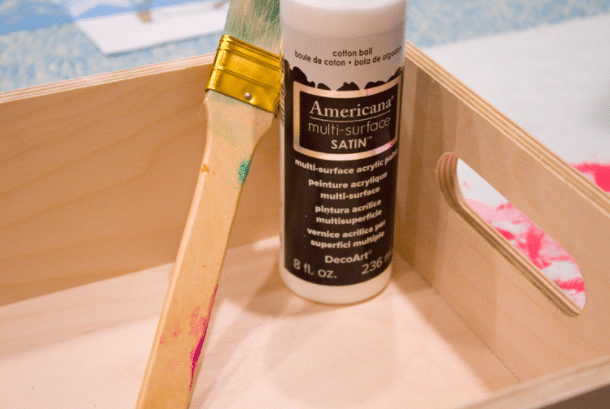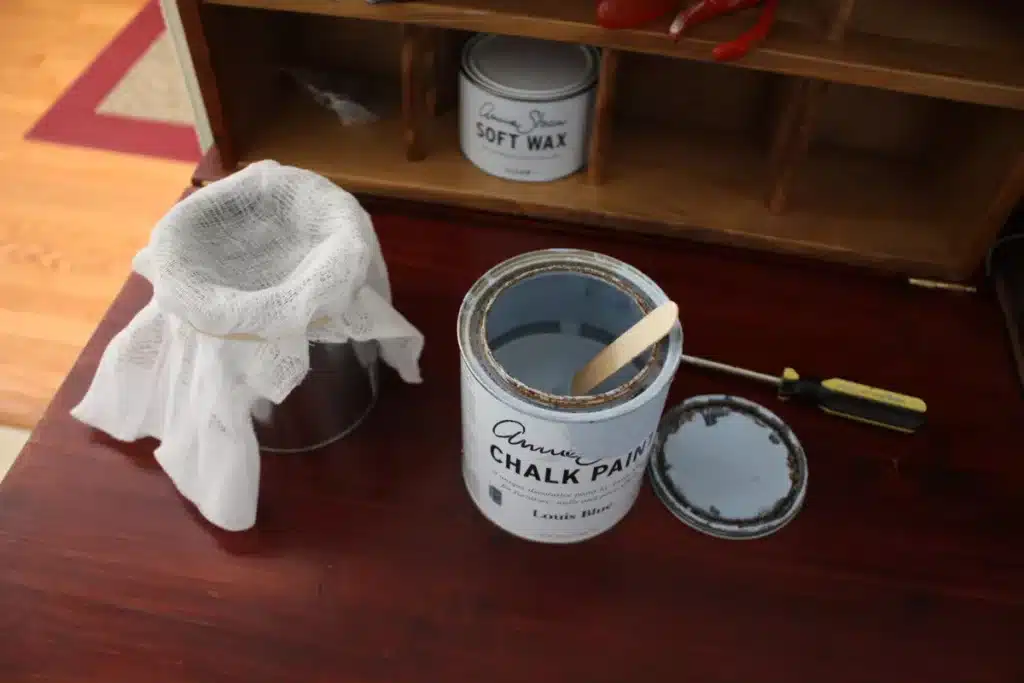How to store paint – Painting is one of the easiest ways to enhance the look of any wall, whether in a room or the entire house. When painting anything, you will rarely finish a project with exactly the amount of paint needed for that project. As a result, leftover paint may have to be discarded.
Discarding the leftover paint will be a waste of money for you. Besides, you might need this paint for your next project or touch-ups. In that case, storing your leftover paint is the only solution to keep the paint for further use. But the fact is storing paint will be challenging for you if you don’t follow the simple criteria.
Read also: 6 Designer Tips For Choosing Wall Colors
For that, you will require to consider several things before storing paint. Besides, someone may think about whether paint can be stored outside. Well, we will discuss what factors you have to consider keeping paint, the best way to store paint, and can paint be stored outside. So stay tuned by reading this context.
Why Should You Store Paint in the Right Place?
When it comes to storing paint, whether leftover or new, most people make mistakes. This is because people are not concerned about keeping paint. As a result, they keep paint in the wrong place, which is not good for paint. It is the main reason for spoiling the stored paint quickly.
Read also: 5 Smart Ways to Use Pastel Colors in Home
Besides, bacteria can grow on the paint if you do not store paint in the right place. For that, the paint could be spoiled immediately. According to paintcentric, stored paint will remain usable for at least five years if you store the paint perfectly. The stored paint should be packaged in the original manufacturer’s containers and not kept open for long periods.
Things You Should Know Before Storing Paints

Storing your remaining paint for later use can be a wise thing to do. But while storing paint, you have to keep in mind several things to preserve the life of the paints. Here we have demonstrated some factors you should consider that affect your paint longevity.
Temperature
Temperature is one of the most crucial contributing factors that affect the quality and lifespan of the paint. Paint manufacturers recommend storing paint in a suitable area with a stable temperature, whether new paint cans or residual paint.
Different types of paint have other temperature requirements to ensure long life and quality. You will find your paint temperature requirement on the paint label. The average temperature requirement for paint is 15-20 degrees Celsius.
Paint Storage Containers
Paint usually comes in a paint can storage that is closed tightly. If you want to store leftover paints in a can, you have to close the cork tightly so air can’t get in. Long-time exposure to air can thicken the top layer of paint.
Besides, storing paint in the container is better, but you can also buy a thick airtight container. Using canning jars is also suitable for storing leftover paint. With the correct container, leftover paint will remain usable for up to 3 years. On the other hand, unopened paint can last up to 10 years.
Where should you store paint?
When choosing an area for storing paint, the only temperature should not be considered. Your chosen place should be dry. The garage and basement could be good places to keep paint in your house. But remember, paint should not be stored where temperatures change frequently. This is because the paints can become unusable due to extreme temperatures. Besides, paint cans should not be left on the floor. This is because cans made of tin can easily rust in contact with concrete or a wet floor.
Paint Quality
How long is paint good for after opened completely depends on the paint’s quality. High-quality paint is usually longer-lasting than inferior paint. High-quality paint contains solids and titanium dioxide, increasing their quality and ensuring their durability.
So, if you preserve regular quality paint, the paint cannot be stored for long. For example, a good quality paint contains more than 35-50% solids and 20-25% titanium dioxide. On the other hand, standard-quality paint contains fewer solids and titanium dioxide. For that, buy good quality paint if you store it for a long time.
Can Paint Be Stored Outside?

After considering the factors that affect paint longevity discussed above, you may understand whether you can store paint outside. Paint storage is an excellent way to keep the paint for further use. But without a proper storage environment, your stored paint can get damaged quickly. If you think you store paint outside, you should consider the place.
The place must be cool (but not cold), dry, and dark. If the outside weather is too cold in winter, that moisture can be problematic for the paint. Besides, hot temperatures in summer can spoil your stored paint quickly. So, you have to choose a place for storing your paint where the moisture level is suitable for paint, and the temperature is cool and dry.
How to Store Sealed or Leftover Paint?

Storing paint in the wrong place can cause damage to the paint quickly. For that, you have to know how to keep paint properly. Here we have demonstrated the right method of paint storage.
- Remain paint in the container that the paint comes with, or you can take a container that can be sealed properly.
- Before closing the container, wipe off the paint residue and seal it properly.
- Seal the container tightly and ensure the stored paint won’t contact air.
- After that, store the paint container in a cool and dry location. Make sure the temperature of your store location is suitable for the paint.
Signs That Paint Has Gone Bad

If you cannot properly store paint, you might be wondering whether it has gone spoiled. Here we have some common factors to help you understand that your paint becomes bad.
Sour-Smelling Paint
Some paints may have a pungent odour; others smell like mildew or mould. If you find any rotten, foul, sour smell coming from the paint stored container, that means your paint started spoiling. Bacteria growth is one of the main reasons for damage to the stored paint.
Frozen and Thawed Paint
If you find your paint is repeatedly frozen and thawed, it may eventually break down. Although this paint condition doesn’t exhibit any foul odour, experts suggest avoiding painting with such paint.
Jelly-Like Paint
Jelly-like paint means the paint is neither liquid nor solid. It is another indication that your paint is rotten. After opening the stored paint led, you may see the paint is jelly-like if you do not seal the container properly. If you find so, painting with jelly-like will not get the smooth finish.
Conclusion
Storing paint is an excellent way to keep the paint longer for further use. But without proper methods, stored paint can be rotten quickly. Besides, most people store paint on the outside without considering the temperature. As a result, the paint may be damaged in a few months.
Typically, you can store paint outside if the place is dry and cool. And also, ensure the moisture level is suitable for the paint. That’s why in this context, we have presented what factors affect the paint storage and whether you can store paint outside. – How to store paint





Leave a Reply